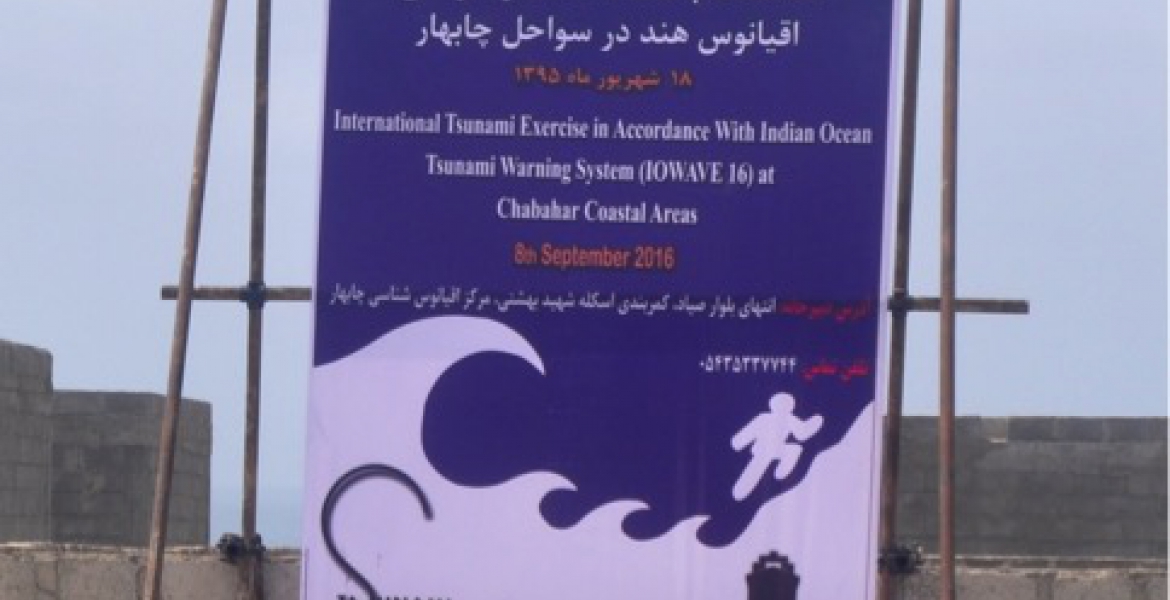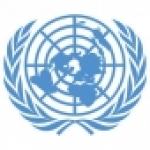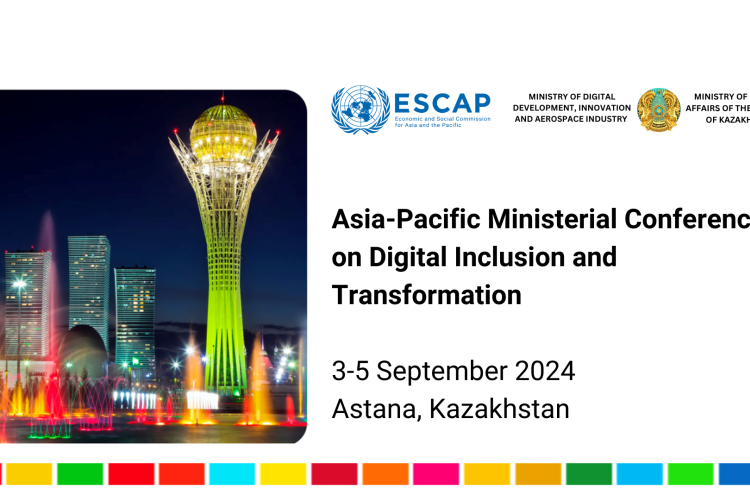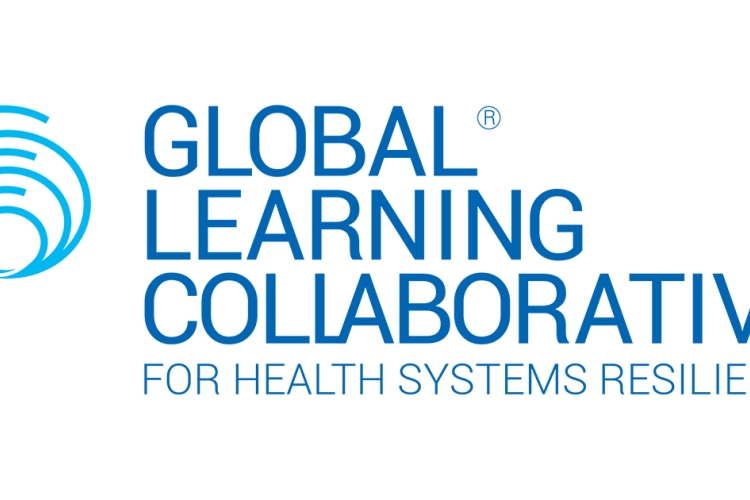Identifying Key Priorities to Strengthen Tsunami Early Warning Systems for the Makran Region
Coastal communities of the North West Indian Ocean are exposed to a largely unknown tsunami threat. The Makran Trench lies less than one hundred kilometers off the coast of Pakistan and Iran. This subduction zone between the Arabian and Eurasian Plate can potentially generate devastating earthquakes, and tsunamis which could reach the coastline in less than 30 minutes. Historical evidence gathered from a magnitude 8.1 earthquake and tsunami in 1945, and a smaller event in 2013, is a reminder that the risk is real and much is still unknown about this under-studied seismic area. This risk presents challenges for India, Iran, Oman, and Pakistan.
In a regional cooperation effort supported by the Intergovernmental Coordination Group for the Indian Ocean Tsunami Warning and Mitigation System (ICG/IOTWMS), focal points from the region’s Tsunami Warning Centers and National Disaster Management Offices meet biennially to improve the warning systems and explore how to strengthen the overall preparedness of countries and communities to this threat. The second meeting of the Regional Working Group for the North West Indian Ocean was held in Tehran, Iran, from the 27 to 28th of February.
The meetings serve to provide country updates on the status of the tsunami early warning system and future direction. Regional cooperation efforts are also discussed, such as the partnership with the UNESCAP Multi-donor Trust Fund for Tsunami, Disaster and Climate Preparedness. With co-funding from the Indonesian Fund In Trust, the Indian Ocean Tsunami Information Centre (IOTIC) supported the activities of the IOTWMS Working Group 1 through the development of tsunami awareness and preparedness tools, investigation of written and oral history of tsunami events, enhancing tsunami risk assessment and management, strengthening policy support and developing guidelines for tsunami exercises, as well as tsunami education and preparedness animation videos. In 2015, IOTIC implemented two UNESCAP-funded activities on (i) enhancing tsunami risk assessment and management, strengthening policy support and tsunami exercises in the Indian Ocean Countries (Bangladesh, Myanmar, Timor-Leste) and (ii) investigation of the written and oral history of the 1945 Makran tsunami (India, Iran, Oman and Pakistan).
This year’s event highlighted significant gaps under the four core elements of people-centered tsunami early warning system for the Makran region. From a ’risk knowledge’ perspective, the Makran subduction zone is not well understood, particularly submarine landslides that are known to generate tsunamis. With the exception of a few locations in Oman, local-level risk analyses are not available. As for ‘monitoring and warning services’, much needs to be done to improve the capacities at the National Tsunami Warning Centres for tsunami detection, including data exchange and use of global navigation satellite system (GNSS) data. There are also gaps in analysis and forecasting with respect to modelling and consideration of secondary effects. The warning services at the national level are at different levels of implementation in the four countries with various timelines. On the ‘dissemination and communication’ front, warning chains need to be shortened and more effective (i.e. clearer decision making processes and improved message dissemination to the community level). On the ‘response capability’ aspect, a more structured and systematic approach is required. Enhancing awareness and knowledge for self-protection, and evacuation planning, are critical elements for community preparedness.
An effective tsunami early warning in the North West Indian Ocean requires a stronger downstream component and a more strategic approach. In practical terms, this translates into a greater focus on integrating a ‘people-centred’ warning system with national and local management and other public and private sectors.
To support the development of a programmatic approach, UNESCAP provided a consultant to review existing documentation on the Makran Subduction Zone, carry out interviews with key stakeholders and informants, and with IOC-UNESCO and IOTIC, co-facilitate an analytical review of priorities. The main areas requiring attention are:
- Warning Chains - The improvement of warning services at NTWC level and the organization of the national warning chains (with an end-to-end perspective) to assure timely warnings. This includes a critical review of the overall NTWC set-up and creating mechanism for coordination and steering of the systems;
- Evacuation Planning - The development of evacuation plans in line with the requirement of the threat by near-field tsunamis;
- Risk Knowledge - A better understanding of the dynamics in the MSZ based on research by the science community;
- Modelling and Inundation Maps - The further development of hazard and inundation maps for tsunami-prone areas in the four countries lacking this information by enhancing capacities for tsunami modelling within the specialized institutions in the region.
The findings from the study and analytical exercise will shape ESCAP’s future programmatic approach to regional cooperation on tsunami early warning systems in the Makran region.
---
Multi-hazard early warning systems offer common opportunities for addressing the DRR and resilience-related goals and targets of the SDGs, Sendai Framework, and the Paris Agreement. Recognizing its important enabling role, ESCAP has accorded priority to the implementation of regional strategies for multi-hazard early warning systems. In this respect, ESCAP's efforts in Tehran are to strengthen and extend regional cooperation mechanisms for early warning of natural hazards, in support of the 2030 Agenda for Sustainable Development.
Photo: IOWave16 in Iran







